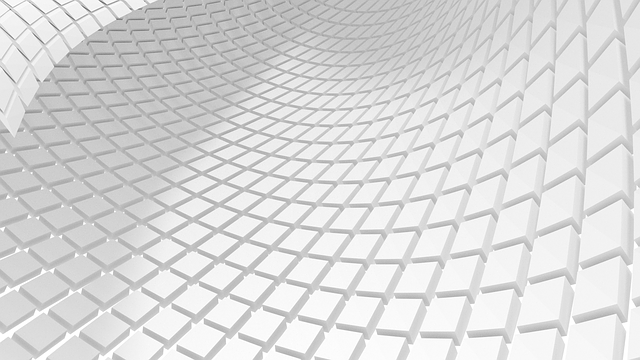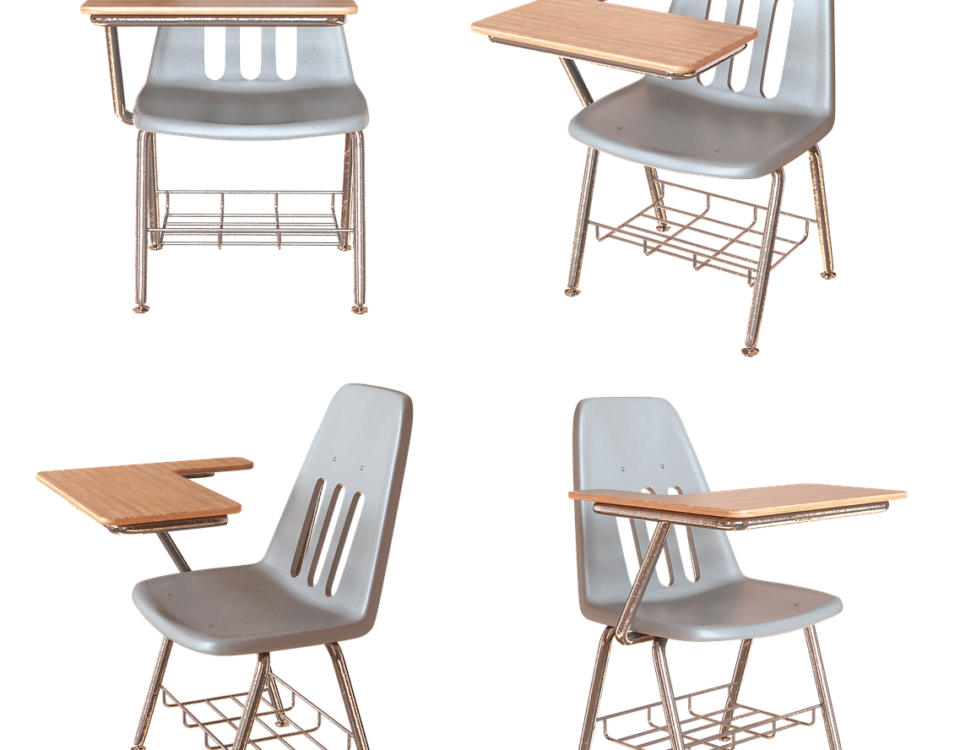Building a Rapid Product Design and Manufacturing System

Software and Hardware Resources for Rapid Product Design and Manufacturing Systems
February 18, 2025
Rapid Product Design and Manufacturing Examples
February 18, 2025The integration of digital product design with molding process simulation and optimization technologies has revolutionized the speed and efficiency of product development. By enabling rapid design completion and ensuring that products possess optimal structures and feasible manufacturing processes, this system significantly reduces both product development and manufacturing cycles, as well as associated costs. Based on the integration of rapid prototyping (RP) and rapid tooling (RT) technologies, this article outlines how the rapid product design and manufacturing system works, from concept to production.
1. The Structure and Integration of the Rapid Product Design System
The design and manufacturing process begins with digital product design, where the conceptual design or reverse engineering of a sample part is carried out. The product’s appearance, structure, and components are modeled in 3D CAD software. The process includes steps such as:
- Conceptual Design or Reverse Engineering: If a new product is being developed, the process may begin with conceptual design or reverse engineering of an existing sample. Using computer-aided design (CAD) and data collection systems, a 3D model of the product is created, capturing both its appearance and structural components.
- Structural and Functional Analysis: If components are subject to motion or load, mathematical models are established to analyze the mechanical properties, such as stress and strain, ensuring that the design meets the required structural integrity.
- Optimization: After performing structural and functional analysis, the design is optimized for performance, which could involve refining the product’s strength, weight, or material usage to ensure it’s cost-effective and manufacturable.
- Prototyping with Rapid Prototyping (RP): Once the 3D design is finalized, the data is transferred to rapid prototyping equipment to create a physical prototype. This allows for evaluation, testing, and refinement in real-world conditions.
- Process Simulation and Tooling Design: Simulation models are created to validate the manufacturing process, ensuring that the tools and molds designed will work effectively in actual production environments. This includes simulating injection molding, casting, or die-casting processes, depending on the material and product requirements.
- Rapid Tooling: For small-scale production or prototypes, rapid tooling methods are used to produce quick molds, which helps evaluate the design before committing to full-scale production. With this approach, companies can conduct low-volume production runs and market testing in much less time.
- Final Production: Once all design and testing phases are completed, tooling for mass production is developed, and the product is ready for full-scale manufacturing.
Throughout this entire process, digital technologies and simulation are key to reducing errors, accelerating timelines, and ensuring that the final product meets all performance, aesthetic, and manufacturability requirements.
2. The Role of Rapid Prototyping (RP) and Rapid Tooling (RT) Technologies
Rapid prototyping and rapid tooling are core technologies that bridge the gap between CAD and CAM (Computer-Aided Manufacturing), making them essential for rapid product design and manufacturing systems.
- Rapid Prototyping (RP): This technology allows the quick creation of physical models directly from 3D CAD data. These models can be used to test, evaluate, and refine designs before committing to full production. RP technologies can print models in various materials such as plastic, resin, or even metal, depending on the needs of the design.
- Rapid Tooling (RT): RT technology involves the creation of molds and tooling for small production runs, which helps avoid the cost and time commitment of traditional tooling methods. This can include soft tooling for limited production or the creation of final injection molds and casting tools.
These two technologies form the backbone of modern product design and manufacturing systems, enabling manufacturers to rapidly iterate on designs, reduce lead times, and minimize costs associated with mold creation and testing.
3. Integration of Digital Design, Simulation, and Manufacturing
The integration of digital design with process simulation and rapid prototyping creates a streamlined, highly efficient workflow for product development. Here are the main benefits of this integration:
- Speed: The entire product development cycle—from design to prototyping to testing and production—is shortened. Using rapid prototyping for early-stage validation and simulation for process optimization allows companies to drastically cut down on design and manufacturing times.
- Reduced Costs: Digital tools allow for better resource management, and the use of rapid tooling further reduces manufacturing costs, especially for low-volume production. Additionally, using prototyping and simulation minimizes the need for expensive physical tests, reducing the overall cost of development.
- Improved Product Quality: By integrating simulation software, designers can optimize the product for performance before physical testing begins. Structural analysis tools ensure that the product will meet its design specifications, while process simulation guarantees that the manufacturing process will proceed smoothly.
- Flexible Manufacturing: The use of rapid prototyping and tooling allows for more flexible production capabilities, particularly when dealing with small batches or prototype testing. Manufacturers can adjust designs and prototypes quickly, ensuring that the final product meets market demands more accurately.
4. The Future of Product Design and Manufacturing Systems
As technology advances, the role of rapid prototyping and rapid tooling will continue to evolve, further enhancing product design and manufacturing processes. Integration with artificial intelligence (AI), machine learning (ML), and Internet of Things (IoT) technologies is expected to improve the system’s efficiency, reducing downtime and enhancing real-time decision-making.
These technological advances will support even faster iteration cycles, allowing companies to adapt to market trends more quickly. Additionally, improvements in material science may enable the creation of more durable and cost-effective prototypes and tools, further reducing the time and costs involved in product development.
Conclusion
The integration of rapid prototyping (RP), rapid tooling (RT), and digital design tools creates a highly efficient, flexible, and cost-effective product development process. By reducing development time and ensuring optimal design and manufacturability, businesses can stay competitive in the fast-paced global marketplace. This system allows for quick adaptation to market changes, shorter lead times, and lower costs, all while maintaining high product quality.
With continued advances in simulation technology, material science, and digital tools, the future of rapid product design and manufacturing promises even greater efficiency and innovation, reshaping how products are developed and brought to market.


